 As we celebrate the 50th Anniversary of Mike Oldfield’s Tubular Bells, released on May 25, 1973, I thought I’d bring back my ranking of his 10 best albums, originally published in 2020 when we ceclebrated Oldfield as the 11th of 30 Icons of Echoes. I have to say, putting it together was one of the most enjoyable and uplifting experiences I’d had in a while. It was not only diving into known favorites, but rediscovering works that have gotten lost in time and hearing these extraordinary sounds.
As we celebrate the 50th Anniversary of Mike Oldfield’s Tubular Bells, released on May 25, 1973, I thought I’d bring back my ranking of his 10 best albums, originally published in 2020 when we ceclebrated Oldfield as the 11th of 30 Icons of Echoes. I have to say, putting it together was one of the most enjoyable and uplifting experiences I’d had in a while. It was not only diving into known favorites, but rediscovering works that have gotten lost in time and hearing these extraordinary sounds.
There are three epochs of Mike Oldfield’s career: Tubular Bells to Incantations, Platinum to Heaven’s Open, Tubular Bells II to the present. There is nothing on this list of 10 Essential Mike Oldfield albums from the middle-era which, except for the overlooked and unjustly criticized Amarok, sound dated, clinical and derivative of Oldfield himself. But…. Mike Oldfield, aside from six different iterations of Tubular Bells, has not been one to repeat himself, so attempts at disco popularity with “Guilty” and punk commentary with “Punkadiddle” and pop with Man on the Rocks are to be forgiven as evidence of a musician who doesn’t stand still and is willing to take chances with his audience. Here are the albums that will embody the legacy of Mike Oldfield as well as a bonus list ranking the six editions of Tubular Bells.
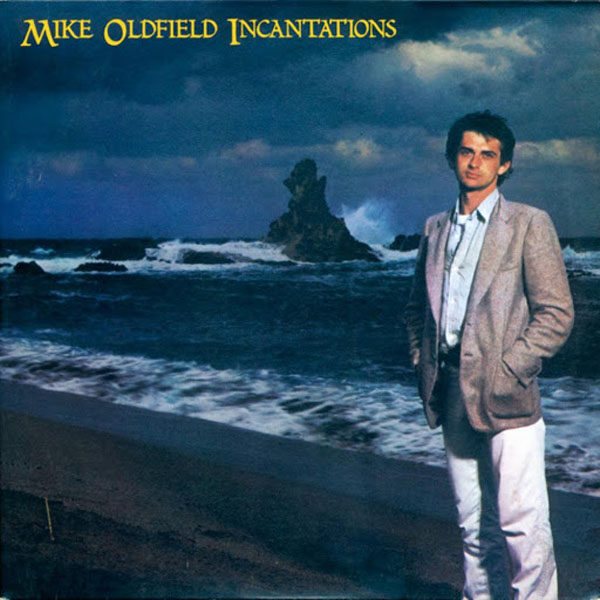 1-Incantations (1978)
1-Incantations (1978)
Incantations concluded the first quartet of Mike Oldfield recordings. It expended greatly on the minimalist themes that launched Tubular Bells, but took them into much more complex areas. Spanning four LP sides, Incantations moves from the opening sustained choral Ahhhh, a moment of quiet reflection before he unleashes the cyclical melodies of Terry Oldfield and Sebastian Bell on flutes and David Bedford‘s strings. It’s an exhilarating through-the-woods-and-over-the-fields rush. The influence of Philip Glass, who he covered on his next album, and Steve Reich, are readily apparent. Oldfield’s guitar doesn’t come until after 4 minutes in, a siren of sustained melody. The album moves through many motifs, all of them in overdrive. Midway through side two, a gothic choir singing in glossolalia but sounding like a cathedral choir in space are supplanted by African drums, marimba and the voice of Maddy Prior from Steeleye Span singing Longfellow‘s “Hiawatha.” From the screaming guitar solo over marimba cycles on “Part 3” to the tuned percussion segment of “Part 4” that sets up another screaming Oldfield solo, Incantations is the Mike Oldfield journey to take.
 2-Ommadawn (1975)
2-Ommadawn (1975)
Ommadawn was Oldfield‘s third album and it was made in a time of turmoil. Oldfield was still trying to handle the massive fame bestowed upon him from Tubular Bells when he was only 19. And in the middle of recording, his mother died. That caused him to look back on his life and the legacy bestowed on him by his Irish mother. So unlike Tubular Bells and Hergest Ridge, Ommadawn was full of Irish Whistles, bodhrán drums and uillean pipes and it included members of The Chieftains. Oldfield converted turmoil into pastoral beauty and searing electric guitar orchestrations across the albums two sides. It was one of the first Afro-Celt albums if you will, mixing the African drumming of Jabula with the Irish bodhrán. Ommadawn was a more unified work than either Tubular or Hergest, movements flowed from one to another as themes were transformed through different instrumentation, again, almost all played by Oldfield. The crescendos in this album leave you breathless.
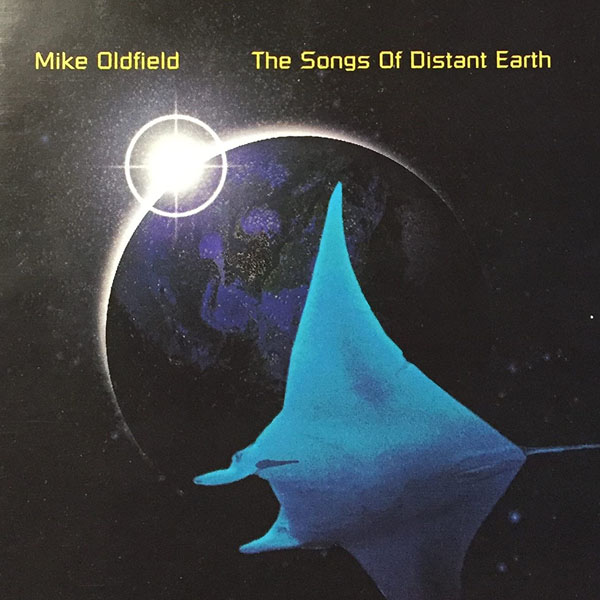 3 The Songs of Distant Earth (1994)
3 The Songs of Distant Earth (1994)
This was a great advance for Oldfield and unlike the dated sounds of his 1980s albums, this one still holds up. The Songs of Distant Earth is inspired by the Arthur C. Clarke novel of the same name. Oldfield takes space music themes, but not “space” music, beginning with audio from the Apollo 8 mission of astronaut Bill Anders quoting the Book of Genesis, among man’s early efforts to grapple with the universe. He brings these themes into a cinematic world of looping rhythms, choral chants and ecstatic guitar. The first track alone, “In the Beginning”, is among Oldfield’s best with all those aforementioned elements. The orchestral horns of “Lament for Atlantis” give Oldfield that symphonic punch he’s always wanted, but didn’t really attain on his actual orchestral album. Other than the uillean pipes on “Magellan” this is one of his least folk and Celtic influenced albums. Instead, he goes for a wider expanse that avoids sci-fi clichés and obtains a deeper, quest into the meaning of life and humanity.
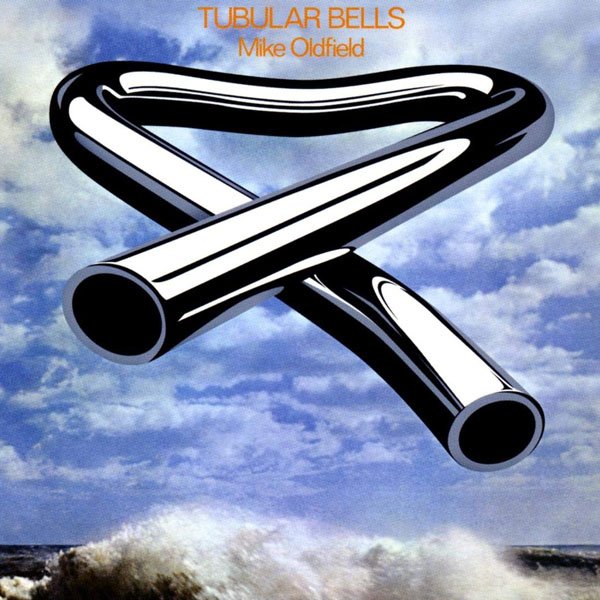 4 Tubular Bells (1973)
4 Tubular Bells (1973)
I’m sure this is the favorite of most Oldfield fans, and deservedly so. But I wonder: If we’d come to Mike Oldfield’s catalog later in his career if this would be the album that stood out. Nevertheless, it’s imprinted on our collective DNA, certainly mine. The opening note sequence, inspired by Terry Riley‘s A Rainbow in Curved Air is iconic and Oldfield’s layering of instrumentals, virtually all of which he played, was an accomplishment of historic impact. This album fueled trips real and imaginary as Oldfield progressed through jet-fueled guitar solos, intricate interplays and goofy humor like the caveman sequence and most iconically, Vivian Stanshall‘s instrumental roll call. Tubular Bells isn’t as well formed or sophisticated as Incantations which came only five years later, but it had the spark of discovery, influencing a generation of musicians, film composers and jingle writers.
 5 Voyager (1996)
5 Voyager (1996)
With Voyager, Mike Oldfield reasserted his status as a premier instrumental composer and simultaneously crafts his most accessible album to that date. Voyager revolves around Celtic themes that have been part of his palette since the mid-1970s. Oldfield casts his achingly poignant electric guitar in arrangements laced with Irish players including uilleann piper Davey Spillane and The Chieftain’s flutist, Matt Molloy. Tellingly, Oldfield’s own gorgeous melodies on “The Voyager” and “Celtic Rain” fit beautifully next to his lush arrangements of traditional Celtic staples, “Women of Ireland” and “She Moves Through the Fair.” Listen to his playing on “Song of the Sun.” a cover from “O son do ar” by the Spanish Celtic group Luar Na Lubre. He approaches the guitar with so many different and subtle techniques on just one song, it’s astoundingly beautiful.
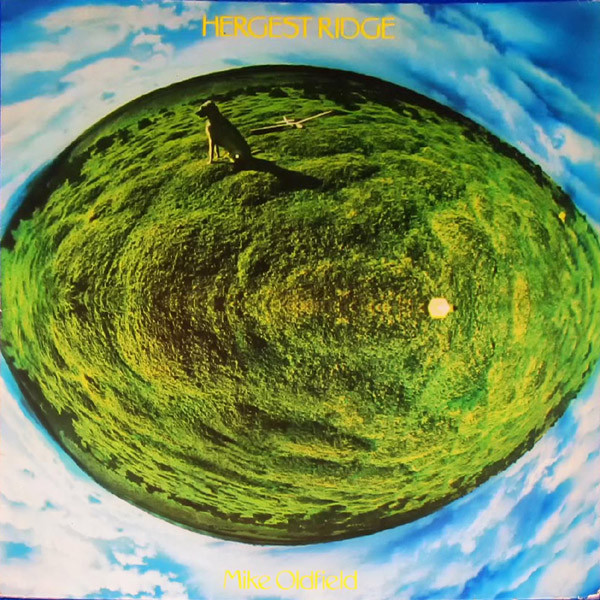 6- Hergest Ridge (1974)
6- Hergest Ridge (1974)
The Follow-up to Tubular Bells also follows suit with a composition that sprawls over both of the original LP sides. Although it has all the elements of TB, the effect is more pastoral and folkloric. There’s a melancholy to this album that’s different from TB‘s exuberant experimentation, even with the second side opening with a searingly tense, sky-crying sustain of layered organs and guitar. It suffers from following TB, but taken on its own, Hergest Ridge is just another masterwork from Oldfield.
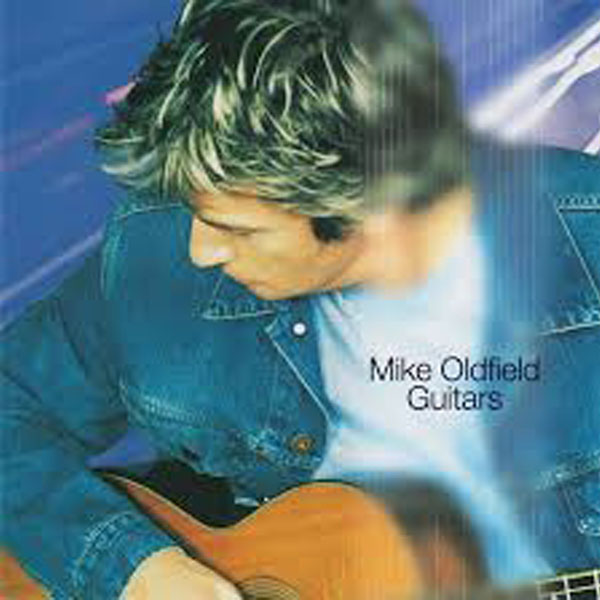 7- Guitars (1999)
7- Guitars (1999)
This is an overlooked album in the Oldfield catalog and is also his most understated album. The concept is just guitars which includes electric, acoustic and Midi-guitar which of course, gives him access to the synth world of sound. Nevertheless, he limits his timbral options and leaves out computers and looping with everything played from the fingers. But it opens up another world of compositional, melodic and pure Oldfield guitar-playing bliss. This is Oldfield’s most intimate recording. You can hear the inner contemplation just falling off the strings.
 8- Return to Ommadawn (2017)
8- Return to Ommadawn (2017)
I mean, who didn’t want to go back? Oldfield reimagined his third album, a concept that was initially conceived on the album Amarok, but that turned into something different. It’s not a recreation of the original, but employs instruments, themes and moods from 42 years before, including his original drum samples of Jabula and the Ommadawn chant of Clodagh Simonds, which he sampled and then reconfigured into a new melody. He also returned to the old format, recording the composition in two 20 minute parts. He wasn’t thinking of it as a CD, download or stream, but two distinct and continuous movements. Like the original Ommadawn, there was loss and turmoil behind Return to Ommadawn, but the overall feeling is pastoral and quietly epic, at least when it isn’t ending in a giant, breathtaking crescendo. As he also did on Tubular Bells II, you can hear themes from the original, but altered. RTO is a return to the aesthetics and expansive musical language he pioneered on albums like Tubular Bells, Hergest Ridge, Ommadawn, and Incantations.
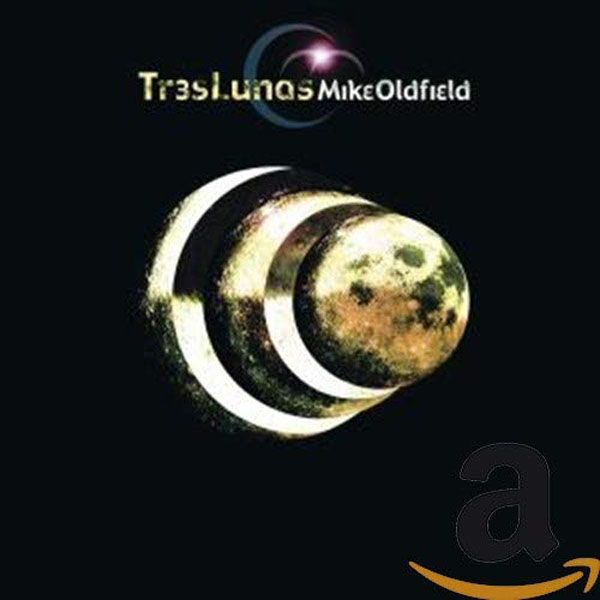 9- Tres Lunas (2002)
9- Tres Lunas (2002)
Tres Lunas is unusual in that it was the score, not to a film, but to an interactive video game that Oldfield released in 2002. It wasn’t a Doom or Grand Theft Auto kind of game that required skills but was more of a fantasy merging space, oceanic and nature imagery. He created a soundtrack, of course, to go with it. In fact, it was driven by the score which was more compressed for Oldfield and found him, as on The Songs of Distant Earth, moving outside his usual zone with looped grooves and electronic orchestrations. It doesn’t always work, and there is a certain emotional distance in the music which is not something found in Oldfield’s best works. But it’s definitely not an album to be overlooked in the Oldfield oeuvre.
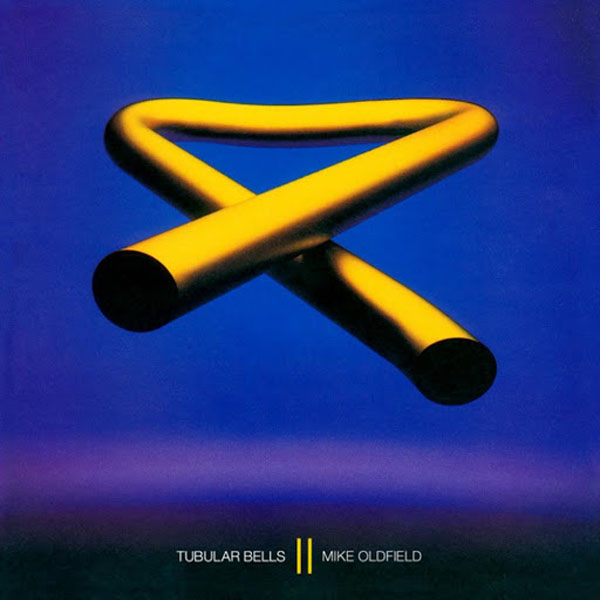 10-Tubular Bells II (1992)
10-Tubular Bells II (1992)
Mike Oldfield has revisited Tubular Bells five times. And outside of the note-for-note rerecording of the original on Tubular Bells 2003, Tubular Bells II was easily his best reimagining of this iconic work. Oldfield retained the original structure, roughly, but reinvisioned the original themes by inverting melodies, altering instrumentation and adding new movements. He adds a female chorus singing wordless vocals, ranging from whispers to tribal shouts to operatic cadences. And that’s just in the first section, “Sentinels.” Instead of the instrumental sea chanty, “A Sailor’s Hornpipe” that concludes the original TB, he uses a hoedown, “Moonshine” to conclude Tubular Bells II.
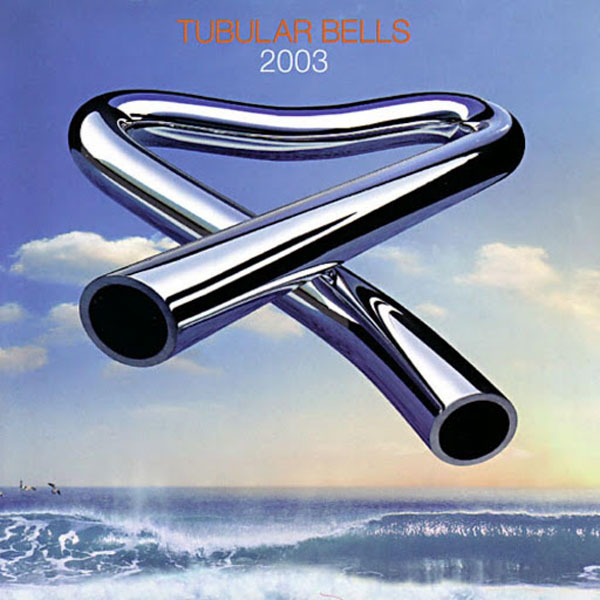 Bonus Pick
Bonus Pick
Tubular Bells 2003
This could’ve made the main list, but I was a little reluctant to put this on, since I already had the original and TB II. But I always thought this rerecording of the original TB was like experiencing it anew. Maybe I was swayed by the fact I first heard it in Oldfield‘s studio with his surround sound system. Wow! Oldfield’s one-man band approach to the original Tubular Bells, with tape manipulation and an insane amount of overdubbing, taxed the limits of recording technology in 1972. Now working digitally, Oldfield fixed the warbley intonation, erratic tape-speeds, asynchronous moments and unwanted distortion. He told me he wanted to call it “Tubular Bells: In Tune and In Time.” He didn’t update his work. There aren’t modern synth sounds, rhythm-loops or anything like that. Instead he created the full realization of ideas that were too technologically complex for the times. Musically, Tubular Bells is as riveting as ever, by turns lyrical and angry, exalted and daffy. Oldfield’s guitar orchestras and keyboard crescendos still ring out like a new world dawning. John Cleese replaces the stentorian instrumental roll call of the late Vivian Stanshall with his own quizzical upper-crust reading. With Tubular Bells 2003, an epic work was reborn.
Also bubbling under: Amarok, an album that I thought was a fuck-you to Virgin Records and Richard Branson, but it was actually one of Oldfield’s most adventurous recordings, just a bit more fractured and really, a clearing of the decks for the final third of his career.
Bonus
TUBULAR BELLS VERSIONS RANKED
1-Tubular Bells
2-Tubular Bells II
3-Tubular Bells 2003
4-Tubular Bells III
5-The Orchestral Tubular Bells
6-The Millennium Bell

Amarok is the best album, by any artist, ever IMHO – I know that musical tastes may vary, but I am a bit puzzled by not seeing it in the top 3 of this list – This album is deep.
I only just came around to appreciating Amarok. Maybe when we do the 35 Icons of Echoes it will have moved onto the list, though not Top 3.
I am totally disagree with this list
Correct where is Amarok or The Songs of Dentist Earth
What correction would that be? SODE is #3 and Amarok gets an honorable mention.
Great analysis, and mostly agree (I’d remove Tres Lunas and I’d add Amarok high on the list). Perfect explanations and reasoning for each album. Just one comment, “Song of the sun” in Voyager is not an Oldfield’s original. It’s a cover from “O son do ar” from the Spanish celtic group Luar Na Lubre (1988).
Thanks for that correction. You are right. I just never looked at the credits thinking they were Oldfield’s except for the ones I knew were traditional.
TBII is my favorite Mike Oldfield album The colors it evokes and the sonic imagery are amazing. I also like albums from that middle period (i.e. Five Miles Out, QE2 and Crises).
Amarok?? How could you overlook one of his greatest albums?
Mmmh, I’m a bit surprised to see that Tres Lunas, Guitars, Voyager and RTO are part of this list, and TB2 always sounded quite cheap to me and made of “factory sounds”. And I’m even more surprised to see that Five Miles Out isn’t in the list, side 1 is so powerful and sounds almost live.
That’s why there are lists.
Mike Oldfield will forever have a place in my musical soul. As a 6 year old, hearing TB for the first time, I knew this was heavenly sounds. It fueled my love for rhythm and bass guitars. Still after all these years and so many iterations of Mike, I still find solace in his sounds.
I think this is unduly harsh to the 1980s Oldfield. I was born in 1970, and starting listening to Oldfield in the 1980s, so I’m clearly biased, but that run of albums from Platinum through to Crises was marvellous. The pop songs may not have lasted as well, but Crises, Mount Teide, Orabidoo, the Taurus suite, even The Lake from Discovery – all of these are wonderful, lyrical works.
Yes, there were some really good cuts on those albums, but I feel like the ones I selected were pretty much great from first note to last.
Fantastic list! Agree with pretty much all your rankings, Incantations is also my favourite and The Songs of Distant Earth just fantastic. I’m also really glad that you highlighted Guitars and Tres Lunas!
My list:
1 hergest ridge
2 ommadawn
3 return to ommadawn
4 tubular bells 2
5 qe2
6 platinum
7 crises
8 music of the spheres
9 ammarok
10 tubular bells
11 guitars
Wow it is difficult to make lists I like them all
Nice list except Platinum would be on my worst Mike Oldfield albums list. Fortunately, that is a short list.
Incantations is definitely his best album. I’ve said it since the day I first heard it.
Interesting list and Comments!
My top 10:
1 Ommadawn
2 Incantations
3 Hergest Ridge
4 Tubular Bells
5 Return To Ommadawn
6 Amorak
7 Platinum
8 Crises
9 Songs Of Distant Earth
10 Five Miles Out
The quality of the guy’s back catalogue is astonishing.
how is tres lunas on this list but not amarok?
Good question. I was initially put off by Amarok. It seemed to be discordant and jagged, in a way that intentionally sabotaged Oldfield’s melodic gifts. I hadn’t reassessed that opinion when I made that list. But years later, I gave Amarok another spin and found my early opinion was wrong. It is quite an adventurous and exhilarating album in its own right, while being quite different from anything else Oldfield has produced. So if I was redoing that list today, I would definitely consider putting Amarok on it. However, I think Tres Lunas is a wonderful and overlooked Oldfield album.
I’m with you; I think Tres Lunas is underrated, but I feel Oldfield did this kind of music better in _Songs of Distant Earth_. I also understand the initial impression _Amarok_. It took me a couple listens to discern the method behind the apparent madness.